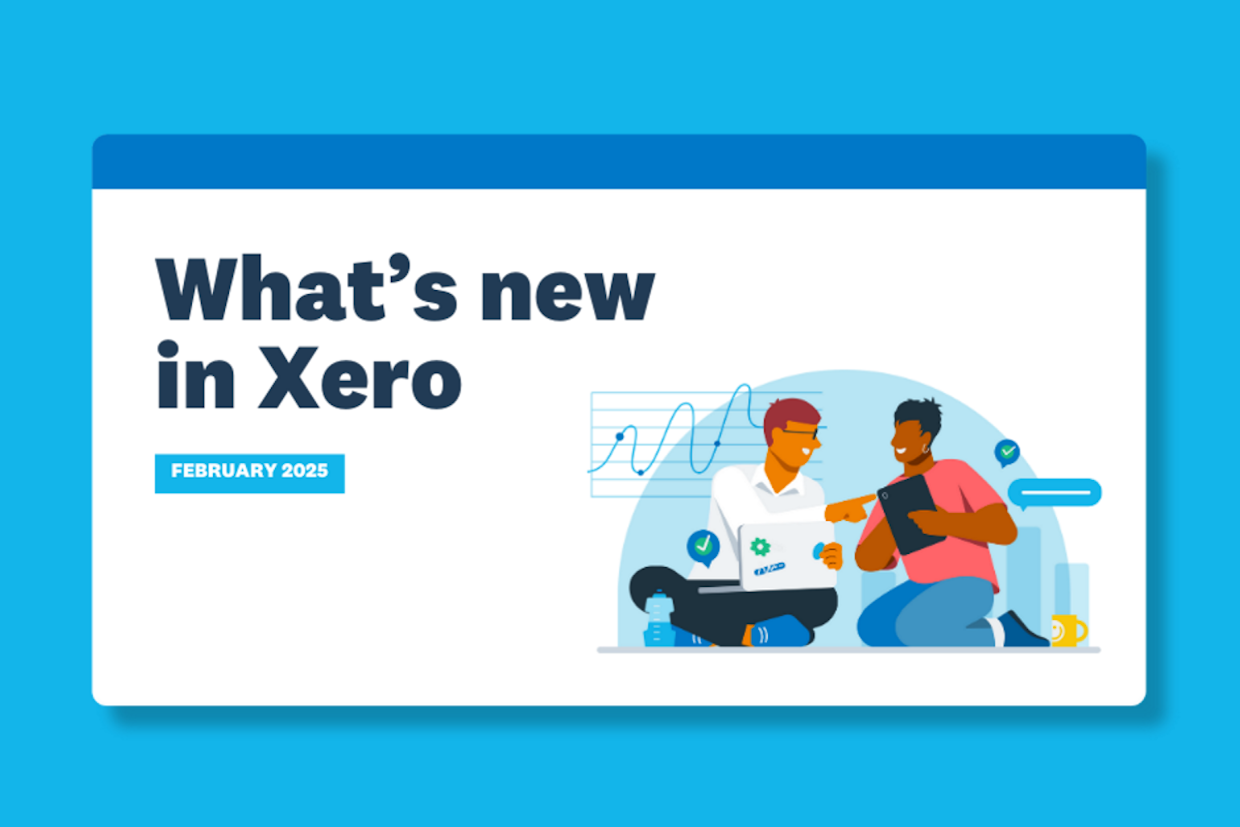Cash flow forecasting puts you back in control
Cash flow forecasting puts you back in control
We all know that positive cashflow is the beating heart of any successful business. And with so many external pressures on your cash right now, it’s important to have one eye on the future. Cashflow forecasting is an increasingly important tool for any finance team. With a better view of your future cashflow position, you can make well-informed decisions about your finances. But how does cashflow forecasting work? And how does it help you maintain a positive cashflow position throughout the year?
What does a cashflow forecast tell you?
The cashflow process is all about balancing your income (cash inflows) against your expenditure (cash outflows). If your cash inflows are greater than your cash outflows, this is called a ‘positive cashflow position’. In other words, you have cash left over, even once you’ve covered your costs and paid your bills – cash that can then be reinvested in the business. Forecasting apps, like Float, Fathom and Futrli, use historic cash data to project your cash position forward in time. This helps you see where your cash may be in future periods.
Running detailed cashflow forecasts means you can:
- Understand your future operational cashflow – helping you spot any cashflow holes, seasonal dips or predicted months of high expenditure before they become an issue.
- Plan your costs and expenditure effectively – allowing you to stick to your planned budgets, manage your costs and plan for any steep price increases.
- Avoid the cashflow issues before they happen – using your forecasts to look ahead, plan and get tighter control over your cashflow management.
Talk to us about setting up cash flow forecasts
Staying in a positive cashflow position is a challenge in the current economic situation.
When supplier prices and operational costs are fluctuating and revenues are hard to predict, it is difficult to juggle your inflows against your outflows.
We’ll help you get a tighter grip on your cashflow. Setting up detailed forecasts helps you understand your financial story and puts you back in full control of your cashflow.



Keep updated! Sign up to our mailing list!
Find Us
The Chartwell Practice Limited
Chartwell House
4 St Pauls Square
Burton-on-Trent
Staffordshire
DE14 2EF
Contact Us
Telephone: 01283 741400
Email: info@chartwellpractice.com
Useful links
Privacy Policy
Legals & Disclaimer
The Chartwell Practice Limited
